Editor’s Note: This article contains content that may be considered sensitive for some audiences.
A Journey Into the Unconscious of Dreams
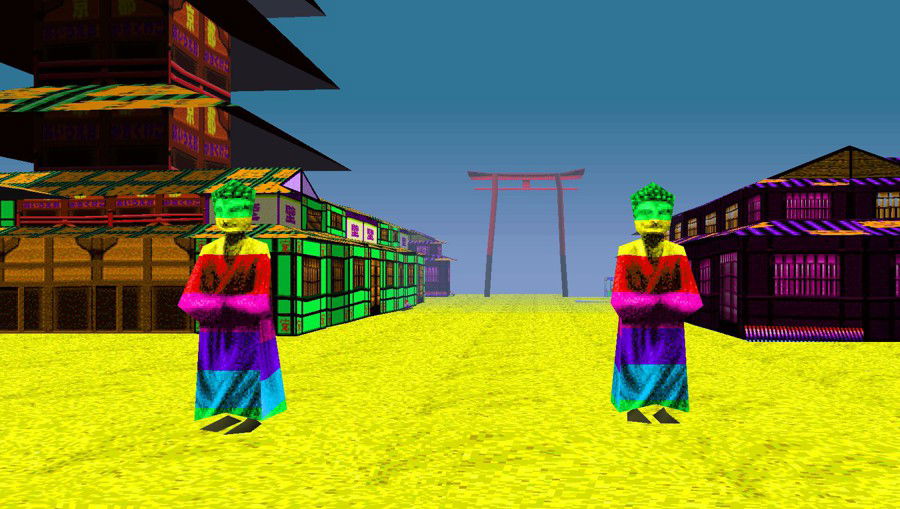
The experiences we have in dreams play a crucial role in the human psyche, shaping perceptions and behaviors in distinct ways. Positive visions can bring lasting joy, while darker, unsettling images often linger in memory like scars that refuse to fade. Within this realm emerges a terrifying presence from the world of video games: LSD: Dream Emulator, a digital experiment that challenges traditional ideas of interactivity and endurance.
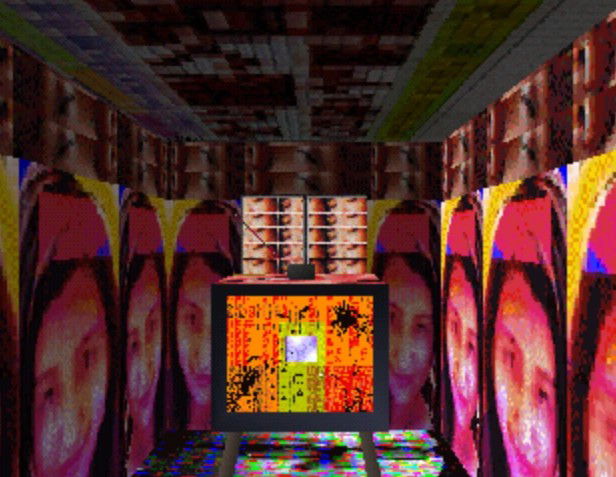
The heart of the game lies in its unpredictability. Every step and every element in the environment triggers a transition to a new setting. This system of “dimensional jumps” follows no pattern. One moment the player may be in a quiet park, the next in a corridor filled with grotesque, distorted figures, or moving from a surreal maze into a tense and oppressive landscape.
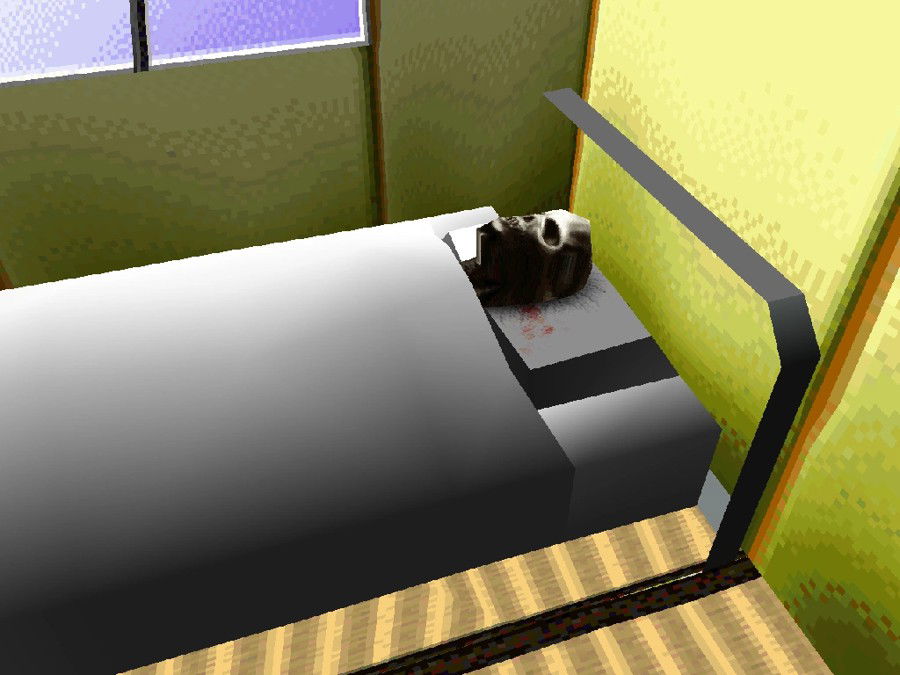
Minimalist graphics heighten the unease through stark contrasts. Seemingly innocent spaces conceal disturbing details.

Dream Emulator and Its Concept
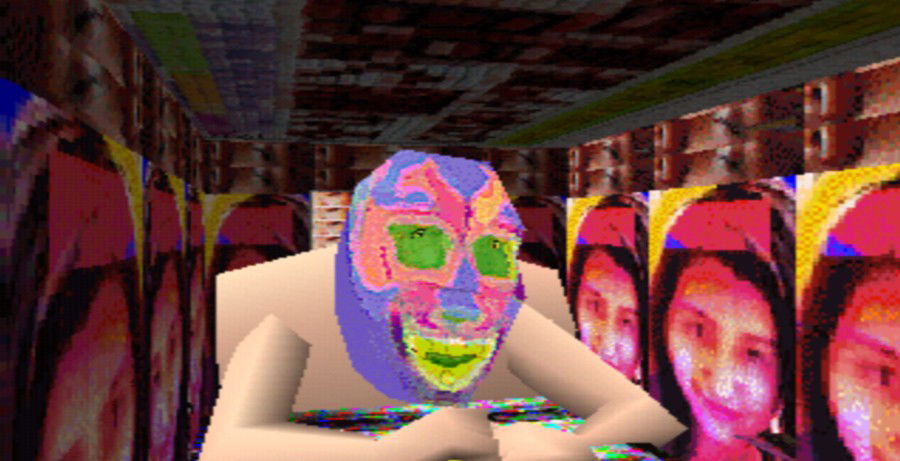
Released in 1998 for the PlayStation, LSD: Dream Emulator is one of the most surreal, enigmatic, and disturbing games ever made. Created by Japanese artist Osamu Sato, it transcended the conventional idea of a “game” to become a psychedelic experience blending art, dreams, and horror.

With its non-linear gameplay, surreal environments, and mythology steeped in urban legends, the game continues to fascinate and disturb players decades after its release. This article explores its symbolism and the legacy of a work that challenges both logic and sanity.
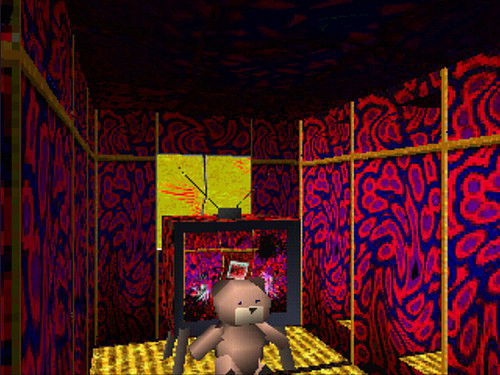
Osamu Sato’s Vision
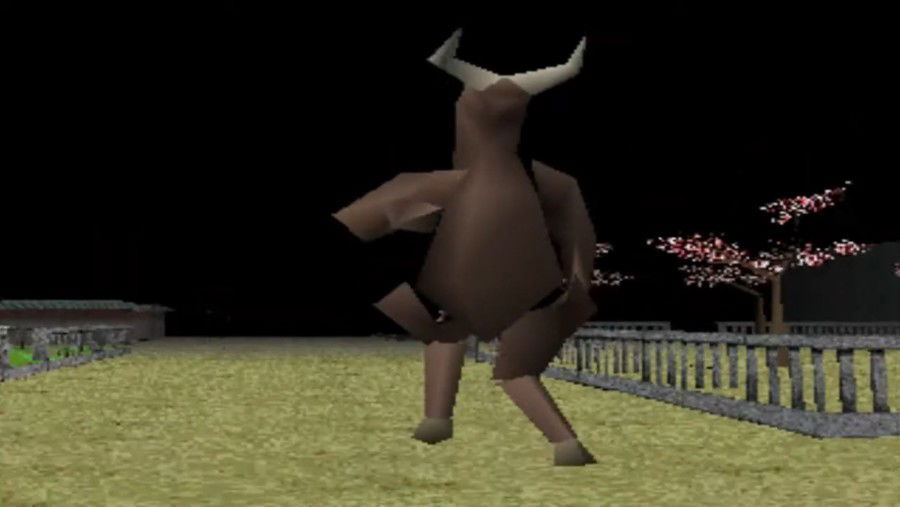
Osamu Sato is a Japanese digital artist, video game developer, photographer, and composer. He viewed video games as a platform for interactive art rather than simple entertainment.

One of his earlier works was Eastern Mind: The Lost Souls of Tong Nou (1994), a point-and-click adventure that follows a man named Rin, whose soul has been taken to the island of Tong-Nou. To reclaim it, Rin must complete the lives of nine creatures. Each time he dies, the player chooses which creature he reincarnates as.
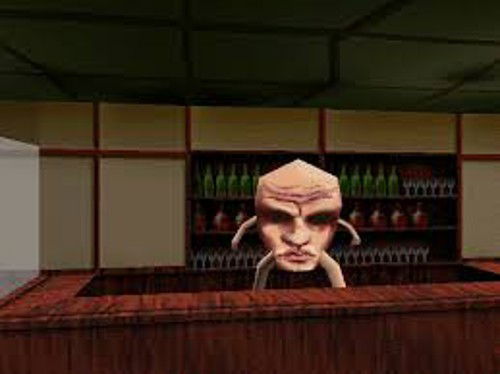
For LSD: Dream Emulator, Sato drew inspiration from a dream diary kept by Hiroko Nishikawa, a designer at Asmik Ace, who recorded her dreams for over ten years. He rejected traditional goals like scores or linear storytelling, instead aiming to capture the fragmentation and irrationality of dreams. The title “LSD” was meant to evoke the psychedelic culture of the 1990s, though the acronym was never officially defined. Popular interpretations include “Linking the Sapient Dream” and “Lovely Sweet Dream.”
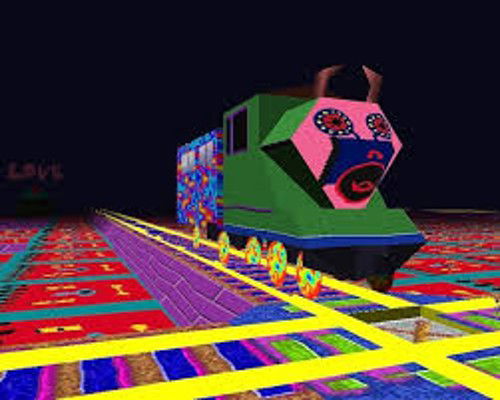
An Interactive Work of Art
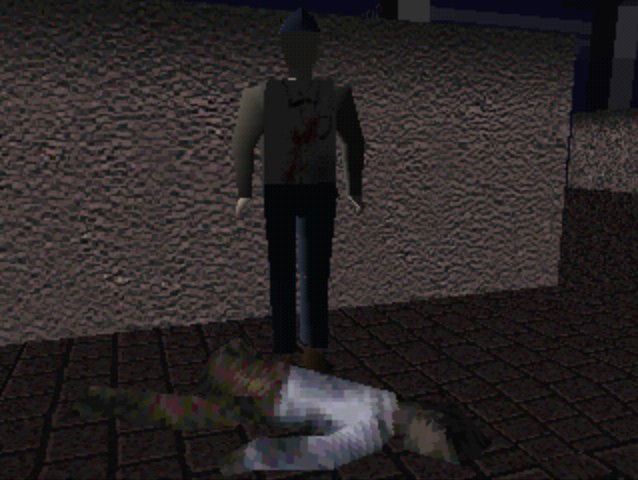
Sato used the PlayStation not just as a console, but as a medium for digital art. The soundtrack, also composed by him, combines fragmented samples and electronic beats, mirroring the disorientation of dreams.

The game was packaged with a physical book (Lovely Sweet Dream) featuring excerpts from Nishikawa’s diary, along with an experimental soundtrack, Lucy in the Sky with Dynamites, released in limited numbers.
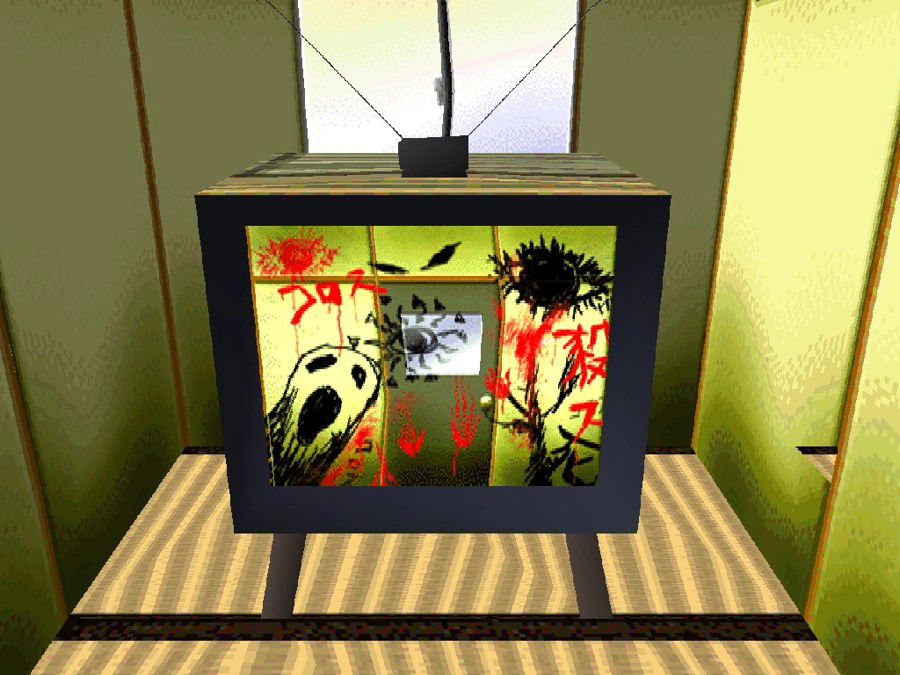
Gameplay: A Dream Without Control
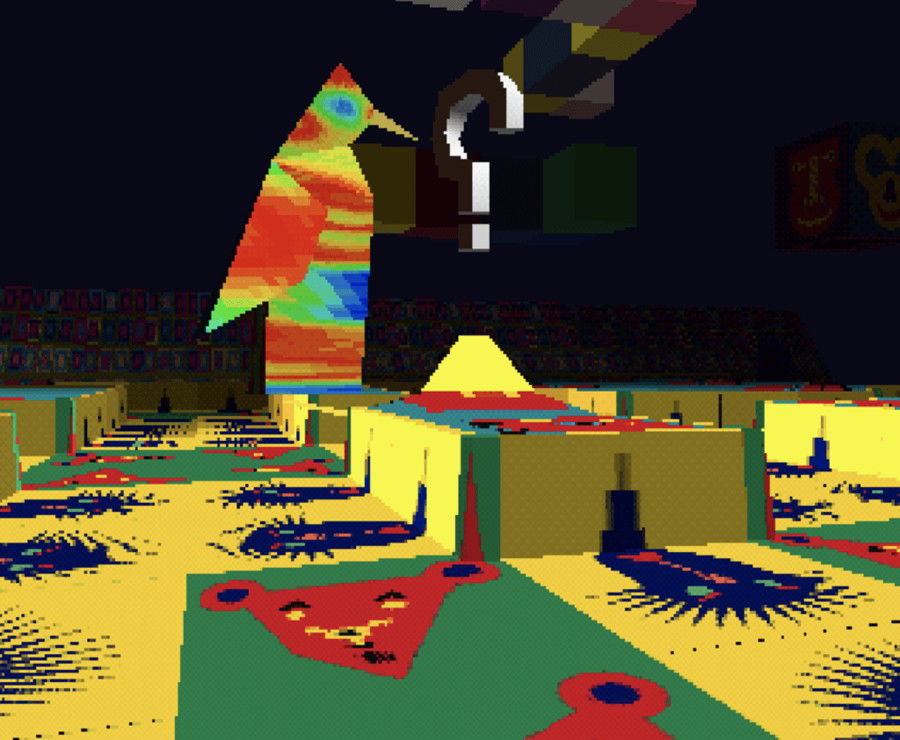
LSD: Dream Emulator is considered a walking simulator. Gameplay revolves entirely around exploring environments and interacting with them by walking.
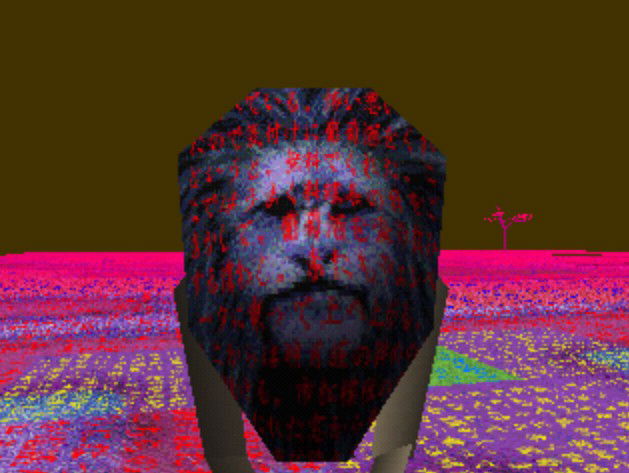
The game follows a 365-day cycle. The player begins on day one and explores first-person 3D environments over the course of an in-game year, with no clear objectives. Interaction is limited to walking and touching objects, which instantly transport the player into random new settings, a process called “Linking” or dimensional jumping.
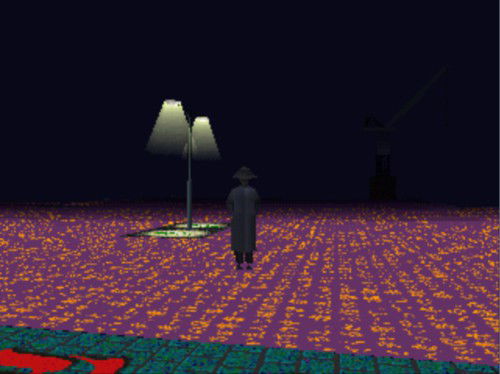
Each in-game day lasts up to 10 minutes, and dreams are plotted on a chart that categorizes them as Upper (positive), Downer (negative), Static, or Dynamic. There is no correct goal or path: you simply walk and interact, and the world changes around you.
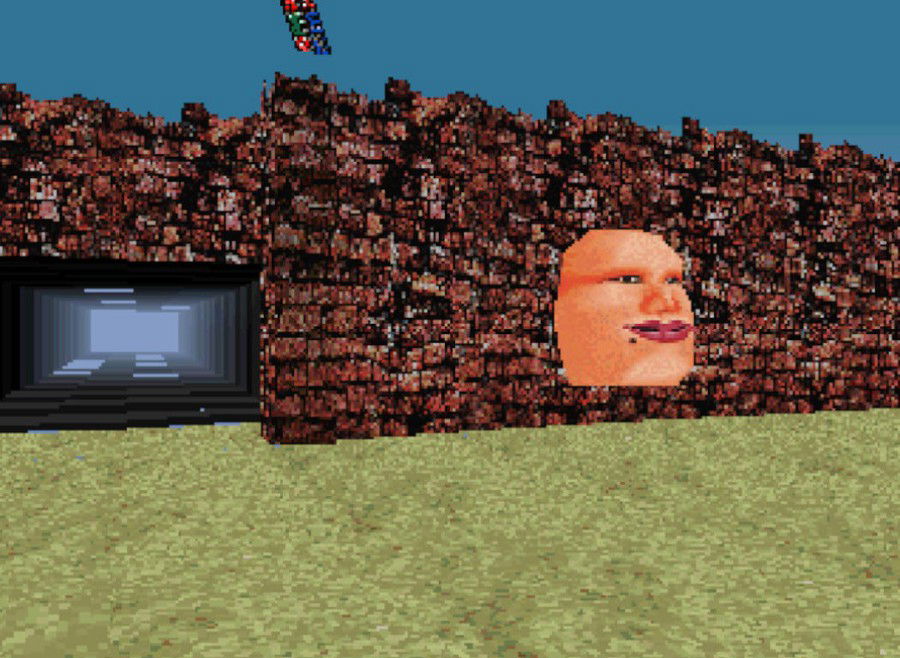
Environments and Creatures

There are 14 maps, ranging from idyllic landscapes such as sunny fields and Japanese villages that evoke peace and simplicity, to distorted nightmares like shadowy cities. Textures change randomly, turning walls into real photographs, unsettling graffiti, or abstract patterns.
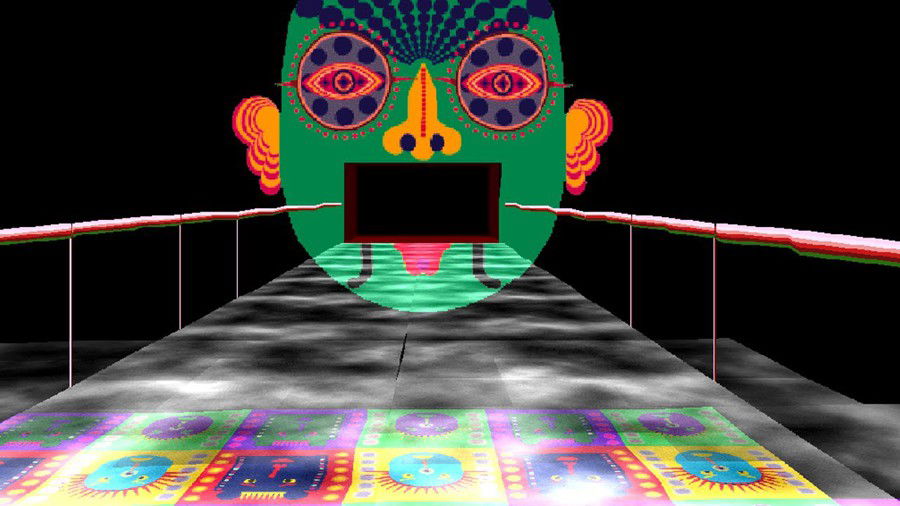
Recurring figures include:
- The Gray Man: A humanoid figure in a hat and trench coat who stalks the player, triggering sudden transitions into darker environments. He erases dreams, as if he were a sickness corrupting the mind.
- Buddha Statues: Rarely appear in processions, adding a mystical atmosphere.
- Running Fetuses: Found in groups within the Flesh Tunnels, moving chaotically. Both visually and audibly, these are among the game’s most disturbing encounters.
The PlayStation 1’s low-poly aesthetic intensifies the effect. Featureless faces, distorted proportions, and stiff animations make every encounter deeply unsettling.

Disturbing Images and Hidden Symbolism
One of the game’s most controversial aspects is its use of morbid imagery. Random textures may display disturbing real-life images, often triggered after encounters with the Gray Man. Players describe wandering into alleys and oppressive spaces that reinforce the horror.
Combined with photographs of faces with sealed eyes and mouths, these elements create a macabre atmosphere, as though the player is intruding upon traumatic memories.
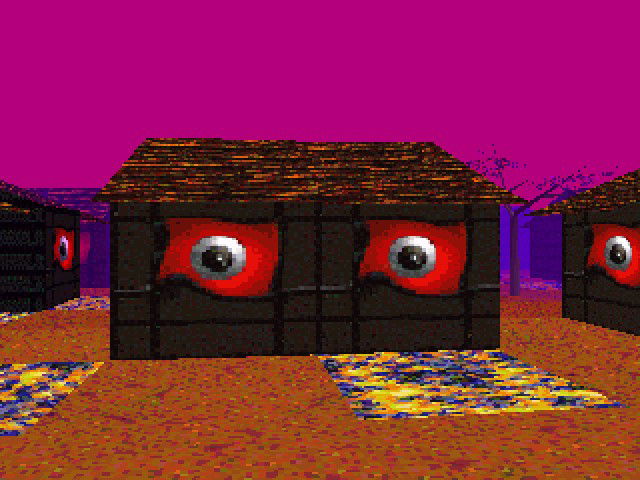
Rare Events and Randomness
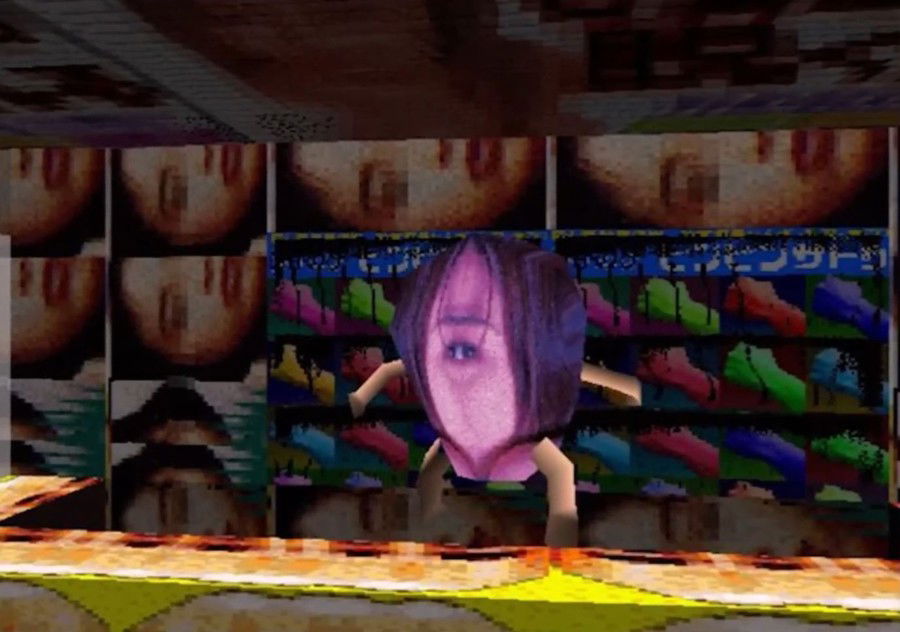
The game also features rare events such as:
- The Landing Astronaut: A floating astronaut suddenly descends in Bright Moon Cottage, transporting the player to Black Space.
- The Flying Train: In Happy Town, a train levitates and vanishes into the sky.
- Opera Singers: Four figures replace the lone singer, forming a dissonant choir.
These events depend on specific conditions in the dream chart, making every playthrough unique and unpredictable.
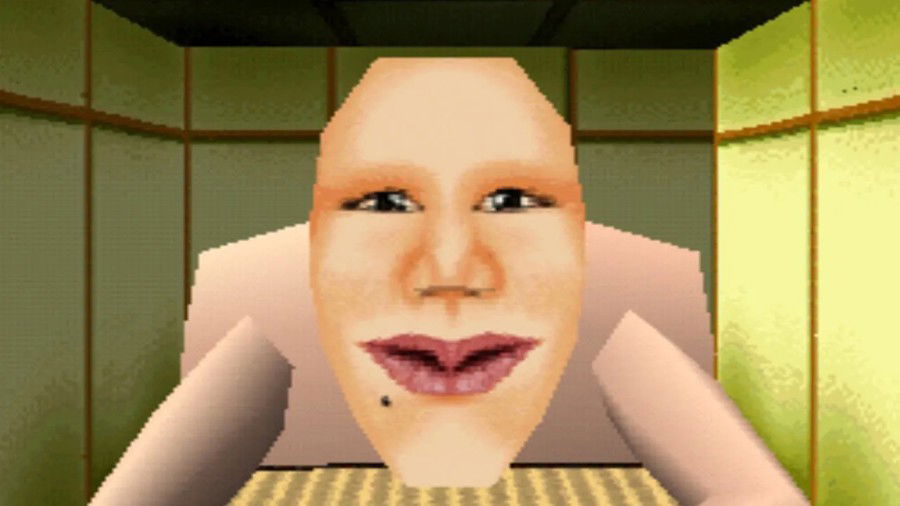
Urban Legends and Subliminal Messages
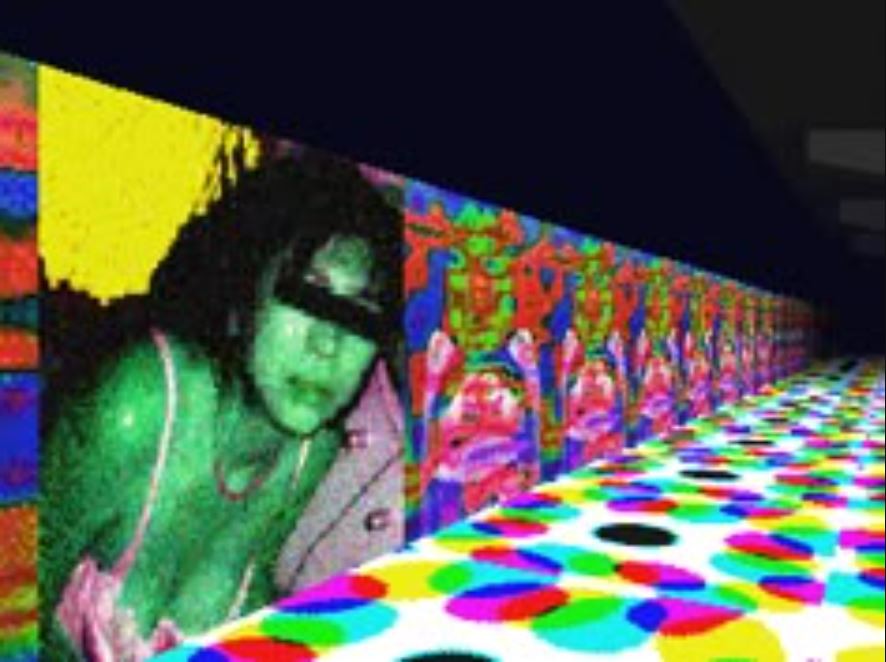
LSD earned the nickname “The Cursed Game” and became surrounded by creepypastas, including stories of players who, after encountering the Gray Man, claimed to find hidden messages tied to misfortunes in real life.
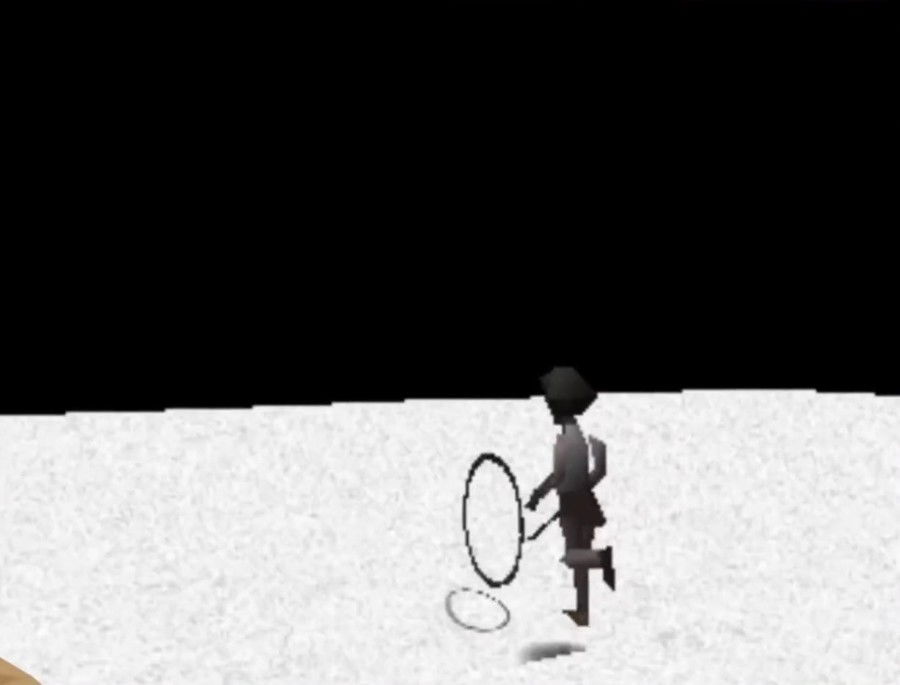
Symbolism and Interpretations
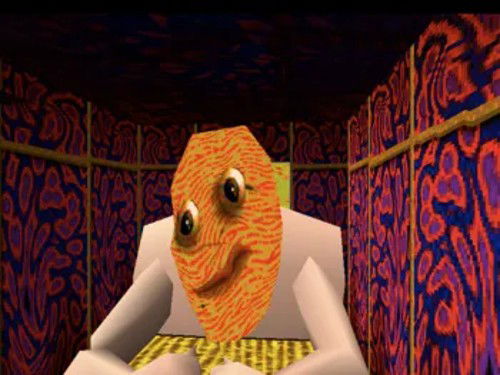
- The Gray Man: Represents the loss of control in dreams, acting as an oppressive force that corrupts reality.
- Textures: Serve as reflections of the player’s mind or critiques of humanity’s fascination with the grotesque.
- LSD Acronym: Beyond the drug reference, it may stand for Lucid Senseless Dreams, emphasizing a lack of existential purpose.
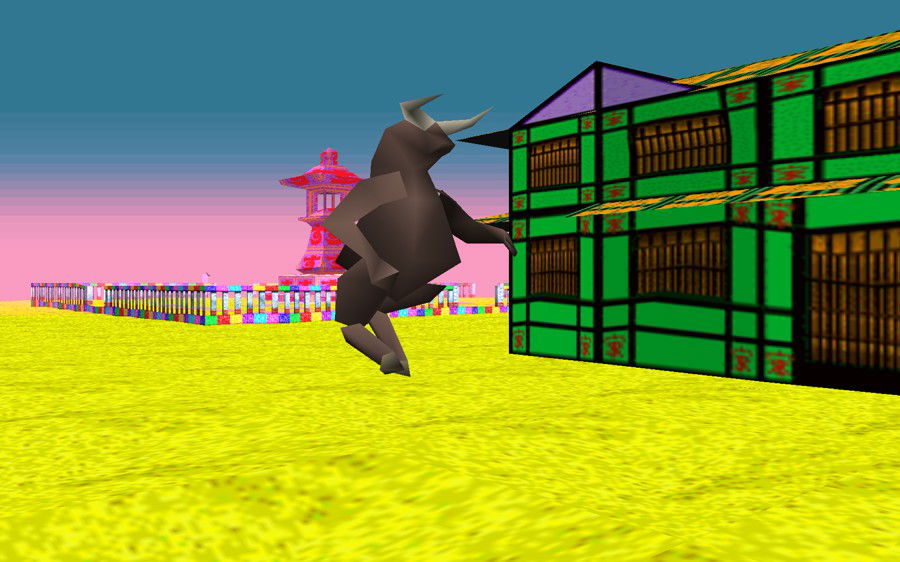
Legacy, Cult Status, and Revival

After a limited release in Japan with only 10,000 physical copies, LSD gained cult status during the 2010s, fueled by online forums and YouTubers fascinated by its surrealism. This surge in popularity led to its re-release on the Japanese PlayStation Network, reigniting interest among players.

Inspiration for New Works
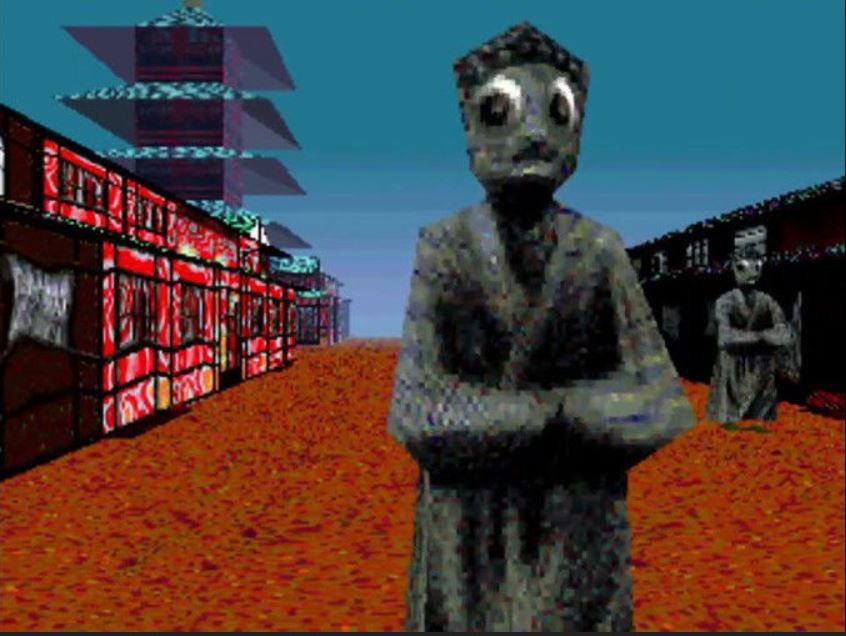
Games like Yume Nikki (2004), Hypnagogia (2021), and The Indigo Parallel (2022) inherited LSD’s eerie aesthetic. The latter, described as a “psychedelic journey,” uses procedural generation to craft unique narratives and openly cites LSD as a direct influence.
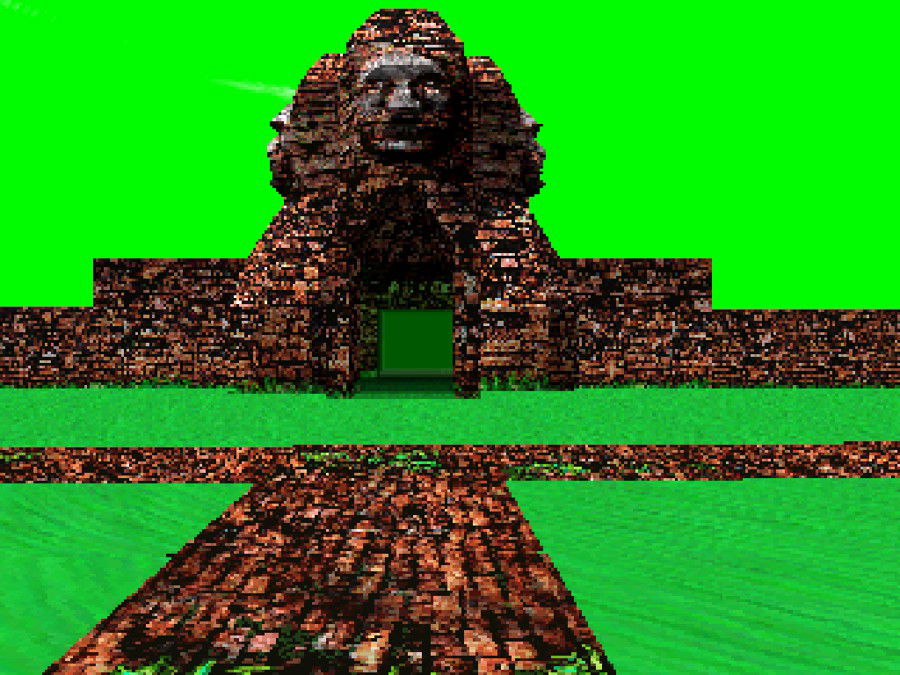
In 2024, LSD: Dream Emulator Retro was released on Steam as a tribute to the original, featuring references to artists like H.R. Giger and H.P. Lovecraft. This reinterpretation softens the violent elements of the original in favor of a more dreamlike and less disturbing experience.
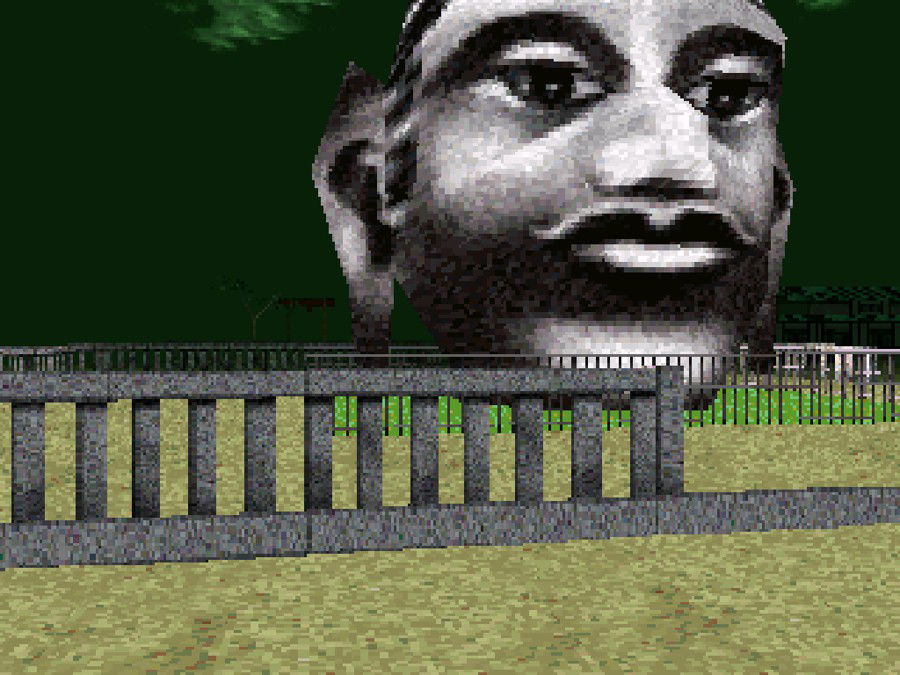
Conclusion: The Nightmare That Never Ends
The idea behind LSD: Dream Emulator is to explore the behavior of dreams and their randomness, offering a game that can evoke a wide range of emotions including joy, anger, frustration, disgust, and even terror.
It remains one of the most enigmatic works in experimental game history. Its fusion of art, psychology, and horror challenges conventions, asking whether games are meant to entertain or provoke. More than two decades later, it still fascinates as a digital mirror of the unconscious, a place where beauty and horror coexist without explanation.
For those brave enough to experience it, the game is not simply entertainment but a journey into the unknown, where every dream has the potential to transcend reality.













— Comentarios 0
, Reacciones 1
Se el primero en comentar